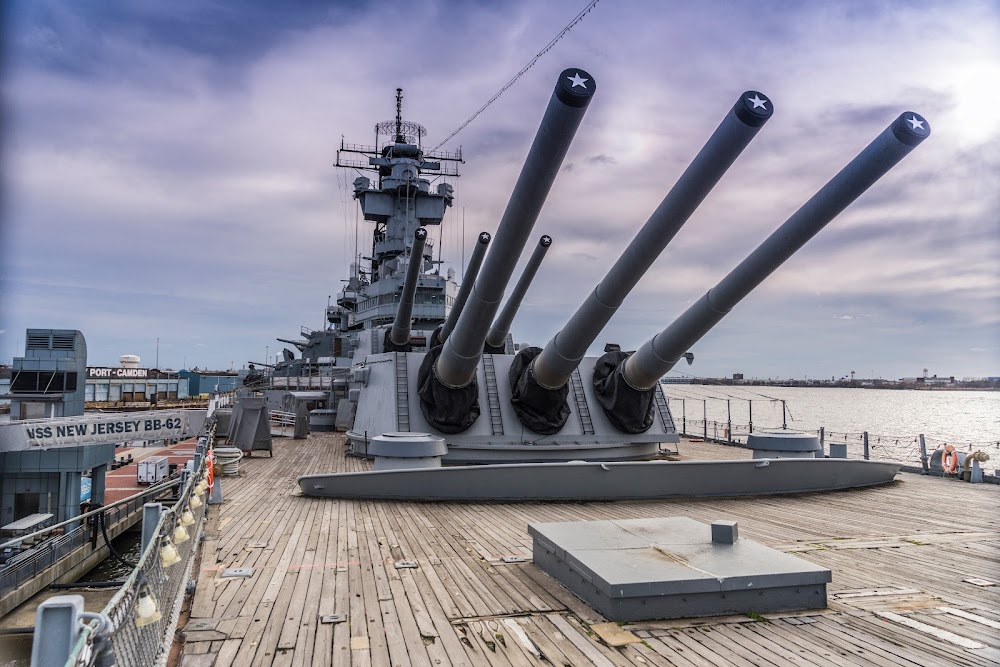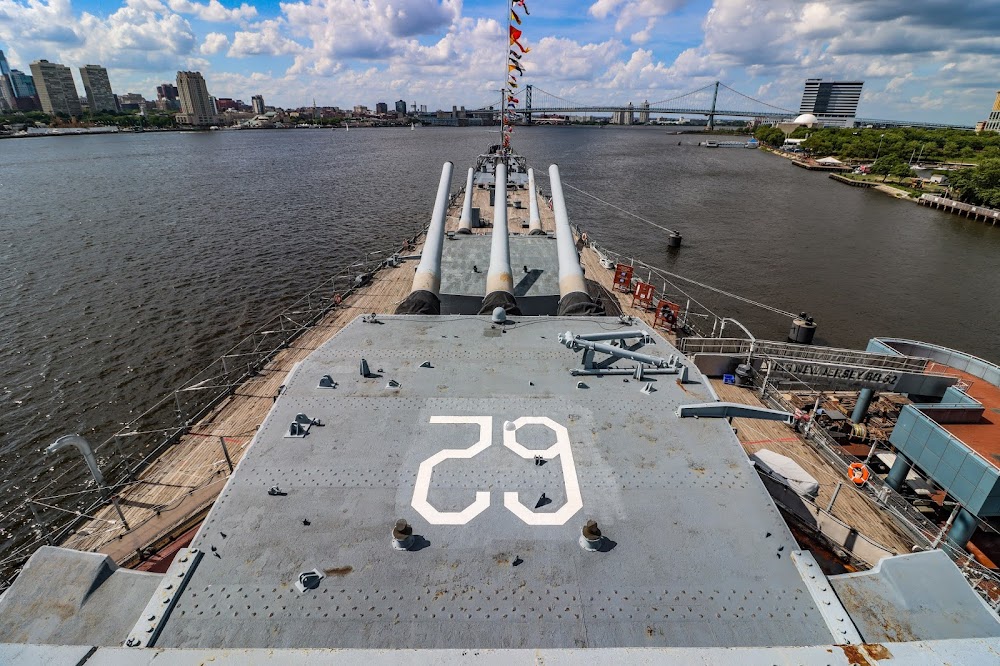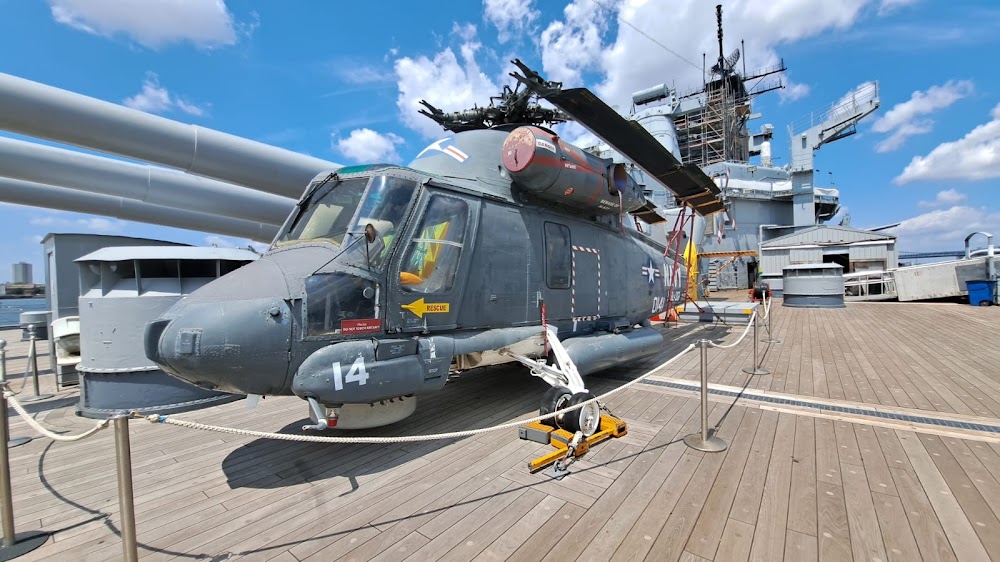Battleship New Jersey (Battleship New Jersey)
Overview
The Battleship New Jersey, famously designated as BB-62, stands as a monumental icon in U.S. naval history. Launched from the Philadelphia Naval Shipyard, her construction commenced on September 16, 1940, as skilled workers and engineers dedicated their efforts to build a ship that would symbolize military strength and safeguard national interests.
Remarkably, the Battleship New Jersey was completed in a timely manner. Her keel was laid down on the same day construction began, and she was launched into the waters of the Delaware River just over two years later, on December 7, 1942. Officially commissioned on May 23, 1943, she was prepared to engage in various military operations, showcasing her capability to adapt to the demands of warfare.
The construction of this formidable vessel involved the labor of over 3,000 men, who worked tirelessly to ensure that every aspect of the ship was perfectly executed. The primary armament featured nine 16-inch guns, arranged in three turrets, capable of delivering high-explosive shells over 20 miles. Additionally, the ship was equipped with multiple smaller guns designed for anti-aircraft defense, further enhancing her protective capabilities.
One of the most striking aspects of the Battleship New Jersey is her sheer size. Stretching an impressive 887 feet in length, she could comfortably house over 2,000 sailors. Her propulsion system, powered by oil-fired boilers and geared steam turbines, enabled her to reach speeds of up to 33 knots (approximately 38 miles per hour), making her both a powerful and swift vessel.
Throughout her distinguished service, the Battleship New Jersey played a vital role in numerous significant conflicts. She actively participated in World War II, the Korean War, the Vietnam War, and even the Lebanese Civil War. Each deployment showcased her resilience and versatility, earning her crew numerous commendations and accolades for their bravery and tactical excellence.
A highlight of her storied career occurred during World War II in the Pacific Theater. In February 1944, she was instrumental in the Battle of Truk Lagoon, where her powerful guns helped neutralize a crucial Japanese naval base. This successful mission not only demonstrated her might but also significantly weakened the enemy's naval presence in the region.
After several periods of decommissioning, the Battleship New Jersey was officially retired in 1991, following the conclusion of the Cold War. Rather than being dismantled, she was transformed into a museum ship. In 2001, she found a new home in Camden, New Jersey, where she has become a popular tourist attraction, inviting visitors to explore naval history and the experiences of the sailors who once served aboard her.
The transformation of the Battleship New Jersey into a museum involved extensive restoration efforts. Volunteers and naval enthusiasts dedicated countless hours to reviving her to her former glory, ensuring her legacy would endure for generations to come. Today, visitors can roam various sections of the ship, including the command center, crew quarters, and weapons systems, all meticulously maintained to reflect her historical significance.
In summary, the Battleship New Jersey is not merely a vessel; she embodies a legacy of naval excellence, resilience, and historical importance. From her construction in the early 1940s to her current role as a revered museum, she has made a lasting impact on both military history and public awareness. Her story of creation, service, and preservation stands as a testament to the dedication and hard work of countless individuals who contributed to her remarkable legacy.








